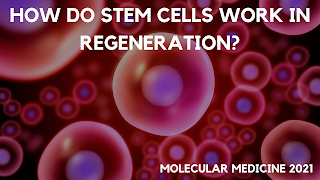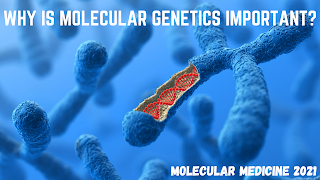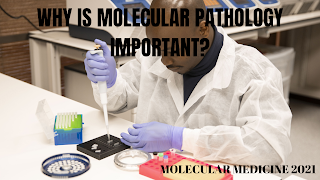HOW DO STEM CELLS WORK IN REGENERATION?

Stem cells are the body's raw material cells from which all other cells with particular purposes are made. Under the accurate circumstances in the body or a research laboratory, stem cells split to form more cells called daughter cells. Stem cell therapy, also identified as regenerative medicine, helps the repair response of unhealthy, dysfunctional or wounded tissue by stem cells or their derivatives. Researchers develop stem cells in a laboratory. These stem cells are operated to specialize into precise types of cells, such as heart muscle cells, blood cells or nerve cells. The specific cells can then be inserted into an individual. For example, if the individual has heart disease, the cells can be inserted into the heart muscle. The healthy transplanted heart muscle cells could then add to repairing defective heart muscle.


